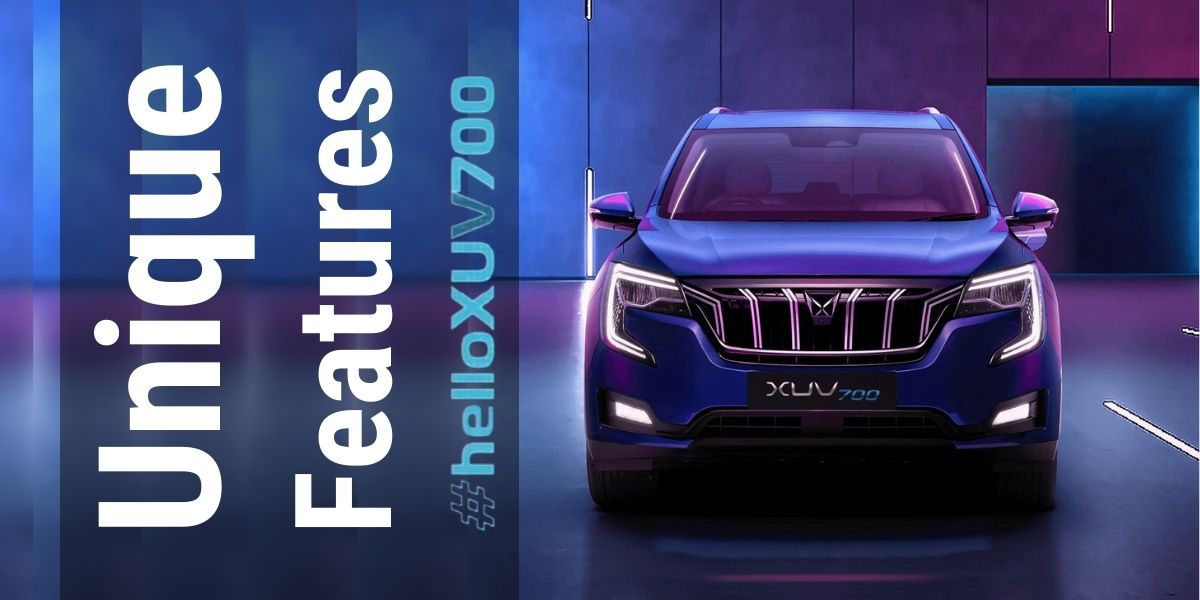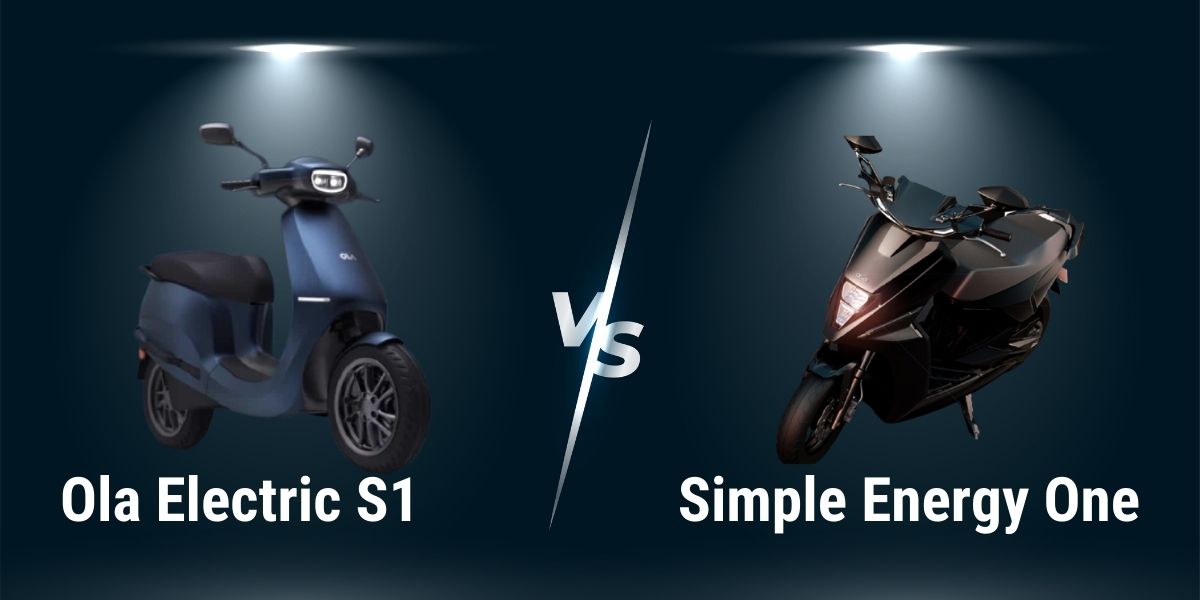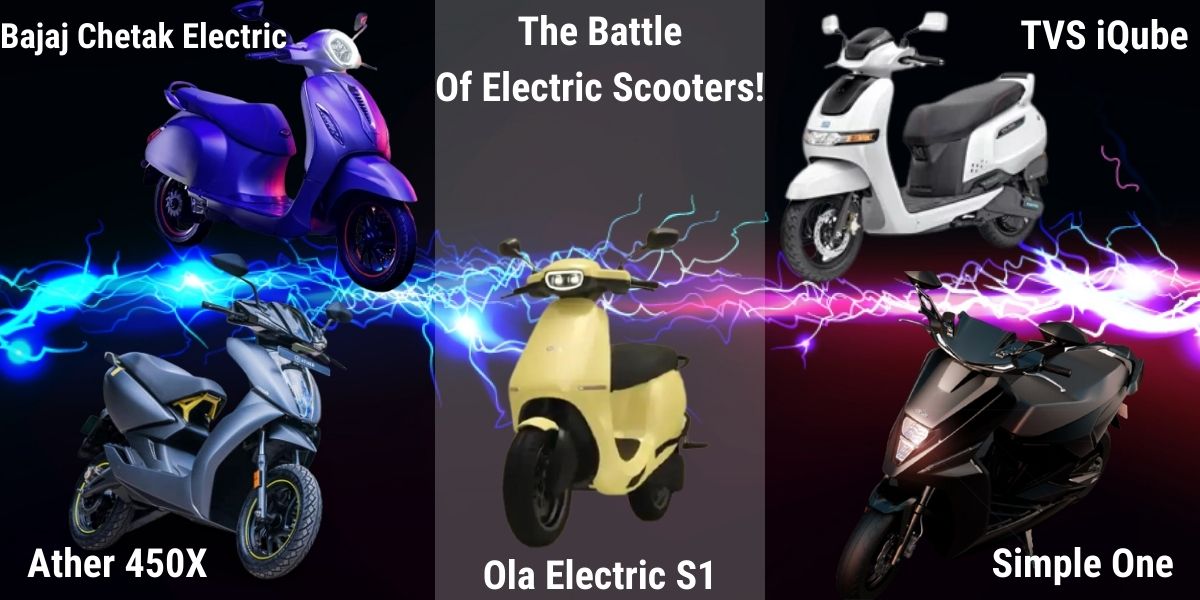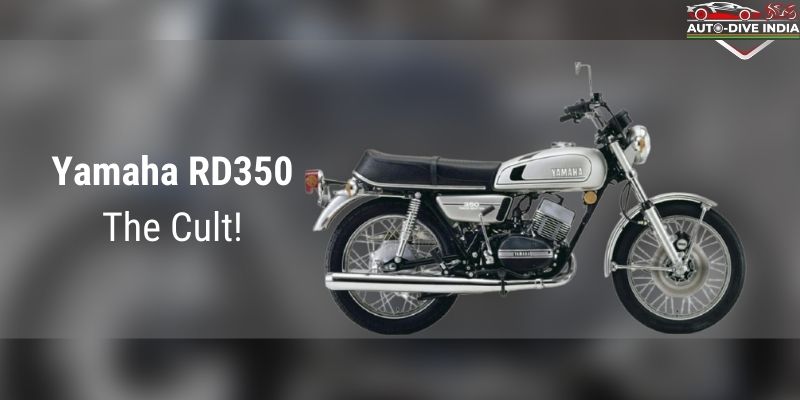Let’s go back to the early 2000s. You will be able to see cars like Maruti Suzuki 800, Hyundai Santro etc. Sports cars were not a craze at that time. The industry was having a good time with all the budget hatchbacks becoming popular, day by day. A company named Chinkara Motors, based out of Mumbai, planned to take a road less travelled. And this is how we got India’s very own, desi Caterham Lotus, the Chinkara Roadster.
Was it just the looks?
Chinkara roadster was small in size. A 2-seater boxcar made out of fibreglass. Even though being lightweight and small in size, it had a 1.8-litre petrol engine under the hood! That’s right. This engine also did duties in the HM Ambassador. But that was not all. The same Isuzu engine that produced around 75ps on the Amby was retuned to produce 116ps of power and a peak torque of 135Nm. Just to give you something to compare, Tata’s Altroz gets a 1.2-litre Revotron engine which produces 86ps of power and 113Nm of torque. Tata Altroz weighs around 1,150kgs while this boxcar weighed 745kgs only. What a fun car to drive for sure.
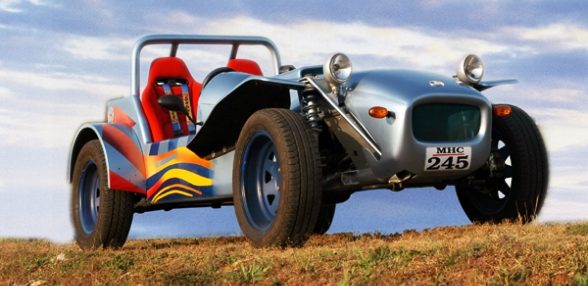
The Chinkara Roadster did a 0-100kmph sprint in just 6.7seconds. The re-tuned engine was capable enough for making the Chinkara reach 190kmph! This engine was mated to a 5-speed manual transmission.
Chinkara Roadster’s Sharing is caring
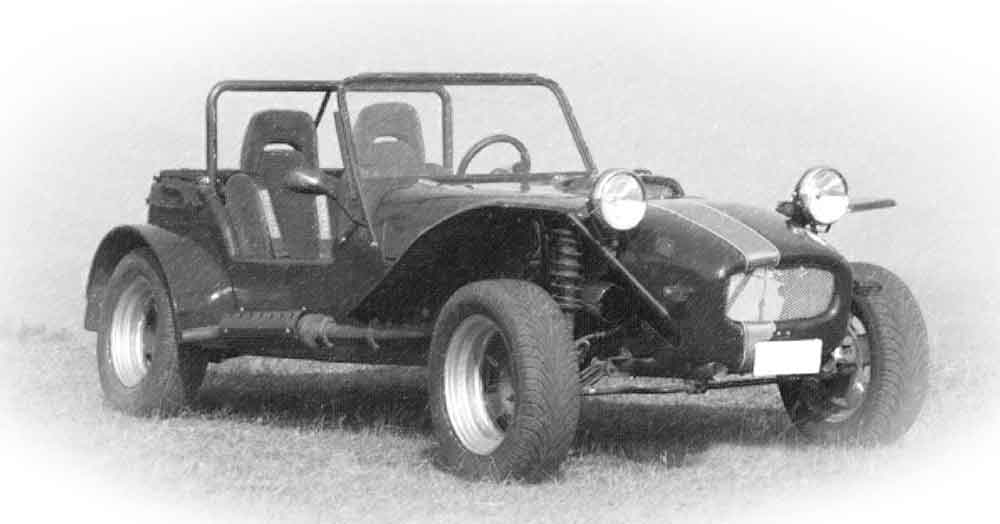
Just not the engine, Chinkara Roadster had a lot more parts common with the common cars in India. For eg. the customer had an option to choose between Maruti Suzuki Alto and Baleno for the suspension. The chassis used here belonged to the Standard Herald. Ever heard of Herald? Stay tuned to AutoDive India and you’ll hear about it too, very soon. The windscreen was from Mahindra MM540 Jeep.
But, there were some major drawbacks!
This is the part that is painful while writing about the forgotten cars or the cars from the past. The Roadster was indeed a sports car but made out of fibre-glass. Indians never fancied the fibre-glass body. First, in case of damage, the whole panel had to be replaced which incurred huge costs. Second, such bodies tend to sag due to adverse heat conditions over time. There was no air conditioning and the seating was not suitable for long drives.
Chinkara claimed that this boxcar had a mileage of 13kmpl. *OOOMMPPHHHH* *Coughs* {Maruti Suzuki Alto had a claimed mileage of over 20kmpl}. And it costed way less than this 2-seater overpowered car.
Yes, the price was the final nail to the coffin
All this was not enough though. Chinkara priced the Roadster at a hefty ₹7.5 lakhs. Most of the parts of this boxcar were sourced from some other car. I did some math and found that it would have cost around ₹2,00,000 to build one. Even doubling the manufacturing cost puts ₹4,00,000. But no one was ready to pay ₹7.5 lakhs for a car without comfort features and a fibre-glass body.
And this is how, India lost a sports car of its own, built by sharing. Will Chinkara Roadster succeed if it were to launch today, with some modifications? Do let us know in the comments section below.

